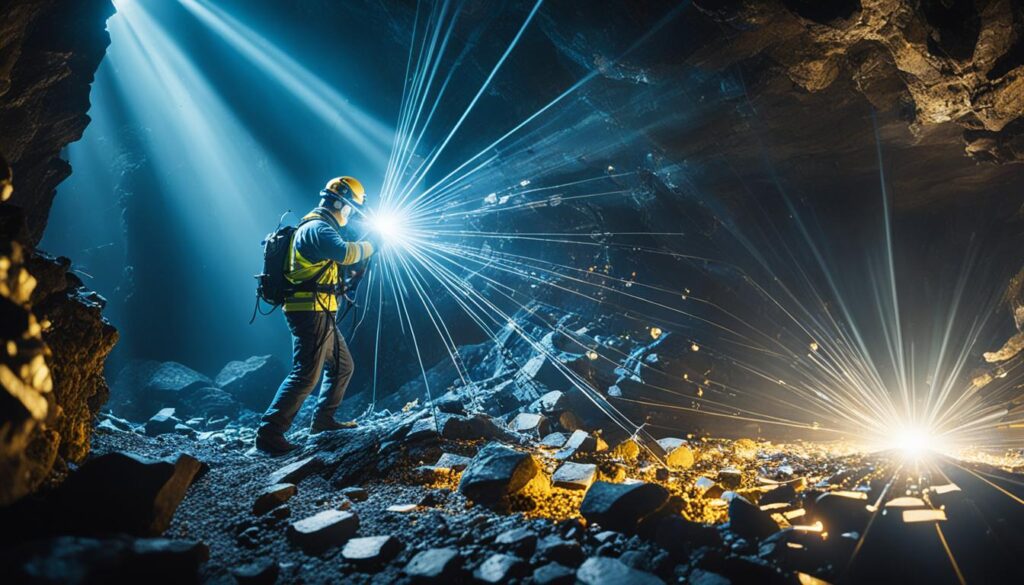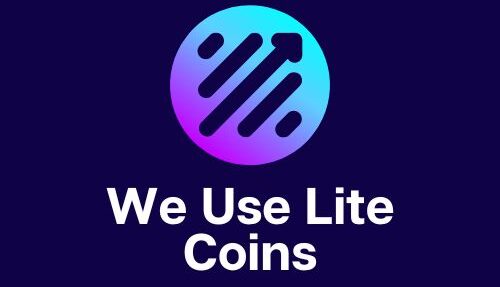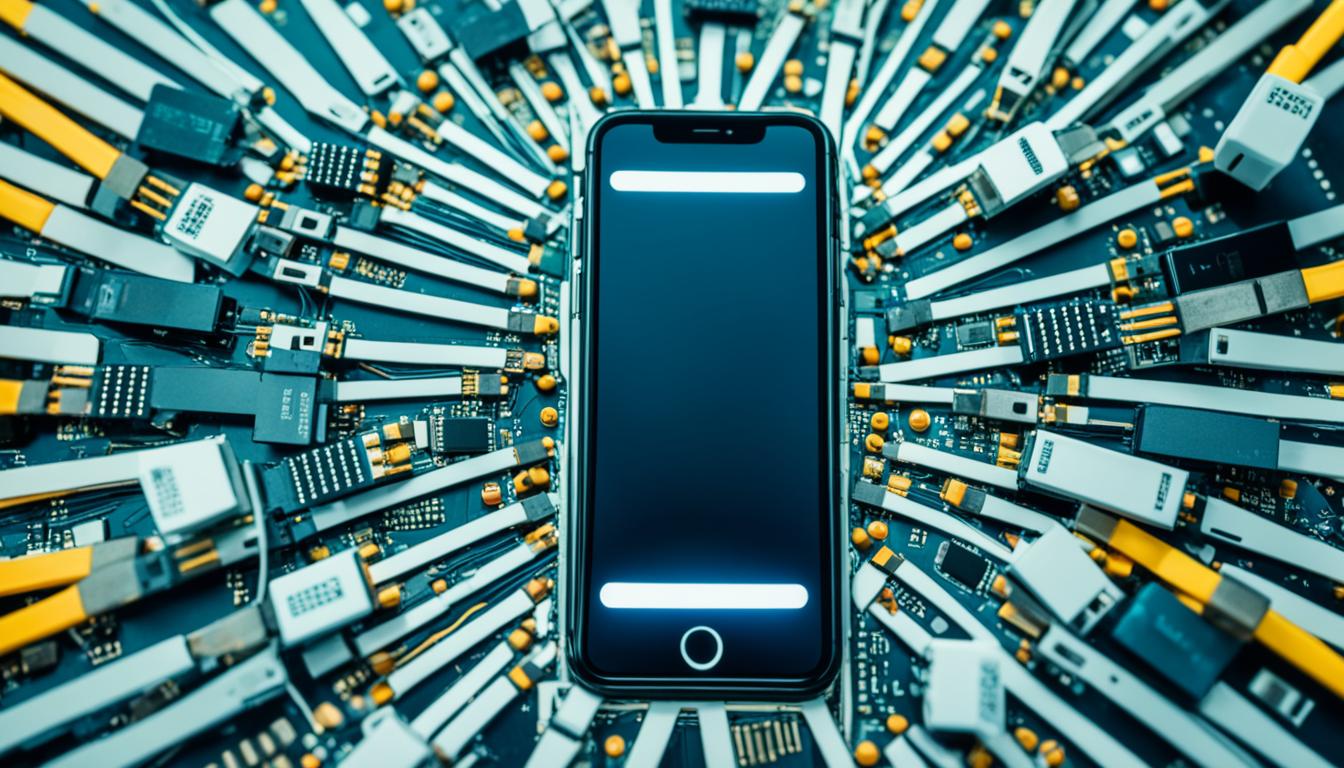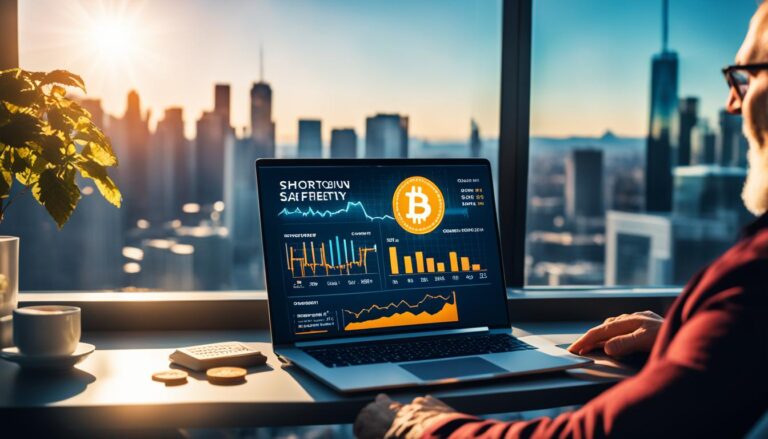Mine Bitcoin on iPhone: Simple Step-by-Step Guide
Have you ever wondered if you can mine Bitcoin on your iPhone? It may seem far-fetched, but with the right tools and instructions, you can turn your smartphone into a mining machine. Discover how to mine Bitcoin on your iPhone with this simple step-by-step guide.
What is Bitcoin Mining?
Bitcoin mining is a crucial process that validates and records transactions on the Bitcoin network. It plays a vital role in maintaining the security and integrity of the blockchain ledger. Miners perform complex computations to solve cryptographic puzzles and add verified transactions to the blockchain.
Here’s a simplified overview of the Bitcoin mining process:
- Verification of new transactions: Miners verify the authenticity of new transactions by confirming their validity and ensuring there is no double spending.
- Solving complex puzzles: Miners use powerful hardware, such as GPUs or ASICs, to solve cryptographic puzzles, which involve finding a nonce value that generates a hash that matches certain criteria.
- Adding transactions to the blockchain: Once a miner successfully solves a puzzle, the newly verified transactions are added to the blockchain ledger. This ensures that all transactions are recorded and publicly available for transparency.
As a reward for their efforts, miners receive newly minted bitcoins. This process of generating new bitcoins is known as “mining rewards.” The number of bitcoins rewarded to miners is halved approximately every four years, which helps control the overall supply of bitcoins and maintain their scarcity.
To better understand the concept of Bitcoin mining, here’s an illustrative table showcasing the key aspects:
| Aspect | Description |
|---|---|
| Mining Process | The process of verifying and adding transactions to the blockchain ledger through complex computations. |
| Mining Hardware | Specialized hardware, such as GPUs or ASICs, used to perform the computations required for mining. |
| Mining Rewards | Newly minted bitcoins awarded to miners as an incentive for validating transactions and maintaining the network. |
| Halving | The process of reducing mining rewards by half approximately every four years to control the supply of bitcoins. |

Why Mine Bitcoin?
Bitcoin mining serves two essential purposes within the Bitcoin network, offering numerous benefits and incentives for individuals. The importance of bitcoin mining lies in its ability to validate and monitor transactions, ensuring their validity and preventing double spending.
“Bitcoin mining validates and monitors transactions, ensuring their validity and preventing double spending.”
By participating in the mining process, individuals contribute to the integrity and functioning of the Bitcoin network. Incentivized by its rewards, mining encourages individuals to actively participate in verifying transactions and maintaining the network’s continuous operation.
“Mining incentivizes individuals to participate in transaction verification, ensuring the continuous operation of the network.”
One major benefit of mining is the opportunity to earn bitcoins as a reward for the significant computational work and energy consumption involved. Through the mining process, new bitcoins are released into circulation, expanding the cryptocurrency ecosystem.
To summarize, mining Bitcoin is of great importance as it ensures the validity and security of transactions while incentivizing individuals to actively contribute to the functioning of the network and earn bitcoins in the process.

Stay tuned for the next section to learn about the requirements and process of mining Bitcoin.
Mining Requirements and Process
To mine bitcoin, you will need specialized hardware such as GPUs (Graphics Processing Units) or ASICs (Application-Specific Integrated Circuits). These mining hardware options are designed to perform the complex calculations required for mining efficiently. However, it’s important to note that mining hardware can be quite expensive.
The mining process involves several steps:
- Entering transactions into blocks on the blockchain: Miners collect and verify new transactions and add them to the blockchain, which is a decentralized ledger.
- Hashing the block’s data: Miners use cryptographic algorithms to generate a unique hash for the block’s data. This hash serves as a digital fingerprint for the block.
- Generating a matching hash: Miners continuously modify a value called a “nonce” to generate different hashes until they find one that matches the target hash set by the network. This process requires significant computational power.
Many miners choose to join mining pools to increase their chances of successfully mining bitcoin. Mining pools are groups of miners who combine their computing power to solve the cryptographic puzzles and share the mining rewards. By pooling their resources, miners can mine more efficiently and achieve a more consistent income.
Example of a Bitcoin Mining Pool
| Pool Name | Hashrate | Fee | Payment Method |
|---|---|---|---|
| SlushPool | ~13.17% | 2% | PPS (Pay Per Share) |
| F2Pool | ~12.37% | 2.5% | PPS+ |
| Antpool | ~10.79% | 2.5% | PPS |
Joining a mining pool can increase your chances of earning rewards, but it’s important to consider the pool’s hashrate, fee structure, and payment method when choosing the right option for you.
Image: Mining hardware plays a crucial role in the bitcoin mining process.
Comparing Bitcoin and Traditional Currencies
Bitcoin and traditional currencies have distinct differences that set them apart. Understanding these disparities can provide valuable insights into the world of finance and digital currencies. In this section, we will explore the variances between bitcoin and traditional currencies, highlighting their fundamental disparities.
Decentralization vs. Centralization
Bitcoin is a decentralized digital currency that operates without the need for a central authority. It is secured using cryptography and operates on a public distributed ledger known as the blockchain. In contrast, traditional currencies are issued and regulated by governing bodies such as central banks. These centralized authorities control the monetary supply and oversee transaction validation.
Transaction Speed and Fees
When it comes to transaction speed and fees, bitcoin has an edge over traditional currencies. Bitcoin transactions are generally faster and can be processed within minutes, regardless of geographical boundaries. Additionally, transaction fees associated with bitcoin transactions tend to be lower compared to traditional banking systems, making it a more cost-effective option for cross-border transfers.
Value Determination
The value of bitcoin is determined by supply and demand dynamics in the market. It is not influenced directly by factors such as inflation or government policies, making it a unique asset class. In contrast, traditional currencies can be affected by economic factors, governmental decisions, and inflation rates. The value of traditional currencies often fluctuates based on these external influences.
| Comparison | Bitcoin | Traditional Currencies |
|---|---|---|
| Decentralization vs. Centralization | Decentralized | Centralized |
| Transaction Speed and Fees | Fast and Lower Fees | Varies by banking systems |
| Value Determination | Supply and Demand | Government Policies and Economic Factors |
As shown in the table above, the differences between bitcoin and traditional currencies are notable. Bitcoin’s decentralized nature, faster transaction speed, lower fees, and independent value determination contribute to its distinct characteristics. Understanding these disparities can help individuals make informed decisions when considering the use and adoption of digital currencies.
Conclusion
Mining bitcoin on your iPhone is now made possible with the help of apps like MobileMiner. Although it may not yield the same profitability as mining with specialized hardware, it offers iPhone users a chance to participate in cryptocurrency mining directly from their devices.
The MobileMiner app supports CPU mining for select cryptocurrencies, making it compatible with ARM64 iOS devices. By configuring the app, obtaining a wallet address, and initiating mining on your iPhone, you can join the exciting world of mobile bitcoin mining.
However, it’s important to consider the potential drawbacks. Mining on iOS devices can have a significant impact on your battery life, as the mining process requires substantial processing power.
Additionally, the earnings from mobile bitcoin mining may be relatively low compared to traditional mining setups. So, while iPhone cryptocurrency mining is a convenient option, it’s crucial to manage your expectations and be aware of these limitations.
In summary, engaging in mobile bitcoin mining on your iPhone using apps like MobileMiner presents an accessible opportunity for individuals who want to dip their toes into cryptocurrency mining.
With proper configuration and a compatible device, you can start participating in the exciting world of cryptocurrency and potentially earn some rewards. Just keep in mind the potential impact on your battery life and the relatively lower earnings associated with mobile mining.







